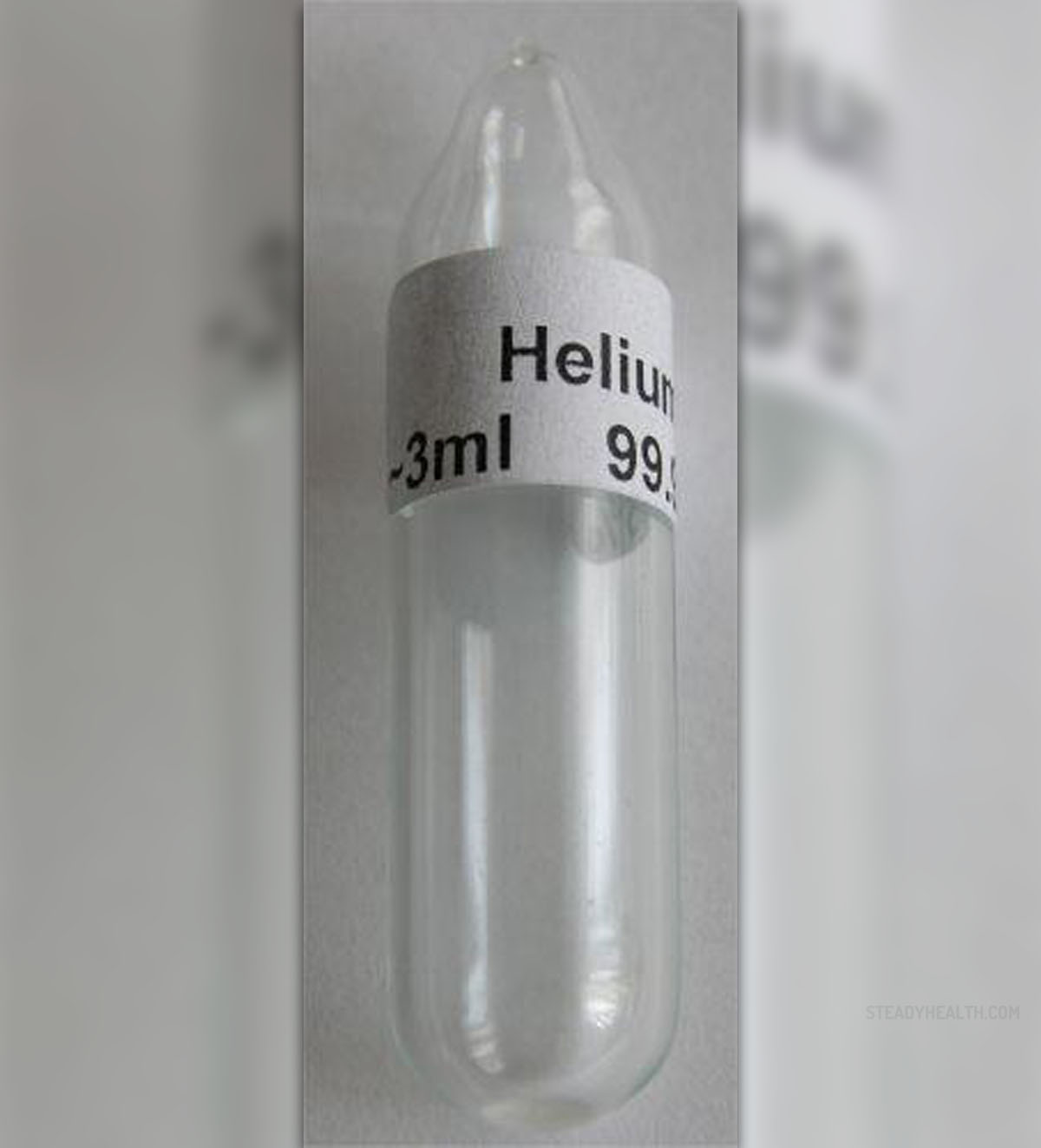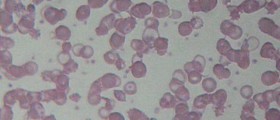
Aninvisible threat
Inthe most recent of times, the general public was dumbstruck by anincreasing number of helium-related death cases. To make the mattereven more grave and bleak, the age of the deceased did not cross the16-year-of-age mark. And it is only with the rise in the number ofnew cases that the public finally began to see the dangers andterrifying implications and ill-effects of helium inhalation.
Chemicalelement to beware
Asthe greatest majority of people already knows, the element inquestion, with atomic number 4, is represented by the symbol He.When it comes to its physical properties, the most distinctivefeatures are lack of any color, odor and taste. In addition, thiselement is known to be at the forefront of the noble gas category inthe periodic table of chemical elements. Its melting and boilingpoints are the lowest amongst all the other elements. Outside theperiodic table it can only be found in the form of a gas. As such itis the second most present element in our universe (accounting for noless than 24% of the elemental mass in an entire galaxy).
Giventhe fact that helium is immensely present everywhere around us, andgiven the number of cases mentioned above, it is not at all thatstrange for people to wonder and ask whether just by inhalinghelium one can potentially bring harm to his/her body, and health ingeneral. Just by breathing in pure helium the person's body isautomatically deprived of oxygen in the same way as when this occursonce a person begins to hold his/her breath. And when a person isunable to breathe properly for a couple of minutes, the moment thestocks of oxygen stored in the bloodstream are used, he/sheultimately dies.
Havinghelium in mind, the entire scenario is even more severe andintensified in nature. Once helium takes over the person's lungs, itbrings about the diffusion gradient that is known to completely expelall the oxygen present at that moment. That is to say, each moment aperson inhales helium, that same amount of oxygen is literally completely sucked out of the person's system. And once helium isinhaled, the pace with which the oxygen levels drop is so rapid thatthe danger-mark is reached in a matter of seconds.
Undesiredand harmful effects
Givenits extremely perilous nature, it is no wonder that the number ofhighly serious side effects is fairly great. Some of the mostfrequent ones include intense headaches, sore throat, unpleasantdizziness, nausea, shortness of breath, creation of helium bubbles inthe body (serious threat to lungs, ultimately leading to a stroke anddeath).

















Your thoughts on this
Loading...